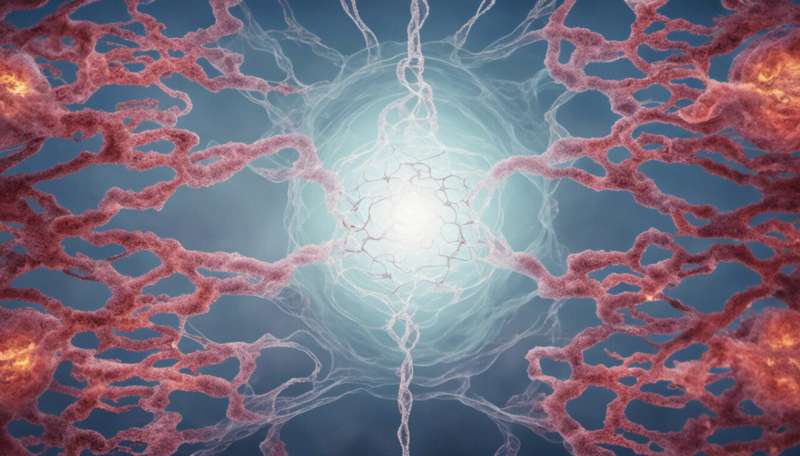
A Russian-Belorussian research team has developed a new tungsten oxide–based gas sensing material that shows high sensitivity to carbon monoxide, nitrogen dioxide and acetone. The new material’s gas sensing response was nine times higher than that of the existing sensors. The study was published in Nano-Structures & Nano-Objects.
The control of indoor air quality and the detection of toxic gases and volatile organic compounds are important for improving life and work conditions, and are needed in a variety of industrial, agricultural and environmental applications. This requires the development of special gas sensing materials with a high sensing response to a variety of gases of different chemical natures.
Scientists from NUST MISIS, Belarusian State University and A. V. Luikov Heat and Mass Transfer Institute of the National Academy of Sciences of Belarus have synthesized a new nanocomposite material that shows high sensitivity to different types of toxic gases in a broad variety of concentrations. It was obtained from tungsten oxide nanopowder modified with graphene and a copper nanocomposite.
Tungsten oxide was obtained via a sol–gel method also known as chemical solution deposition. Then graphene and copper nanopowder, obtained by the solution combustion method, was added into the precursor gel to achieve a closely interconnected structure.
“The material’s gas-sensing properties were then studied with carbon monoxide, nitrogen dioxide and acetone used as test gases. The tests have shown that the introduction of 1 wt% of modifier leads to a nine-fold increase in the material’s sensitivity to carbon dioxide and a six-fold increase in its sensitivity to acetone. The highest sensing response to acetone was obtained for the samples with 2 wt% of modifier,” said Dmitry Moskovskih, head of the NUST MISIS Research Center for Engineering Ceramic Nanomaterials.
The obtained nanocomposites have great potential for practical application in commercial highly sensitive gas sensors due to the simplicity of the proposed synthesis approach, the researchers believe.
More information:
Yulyan Haiduk et al, WO3–graphene–Cu nanocomposites for CO, NO2 and acetone gas sensors, Nano-Structures & Nano-Objects (2021). DOI: 10.1016/j.nanoso.2021.100824
Provided by
The National University of Science and Technology MISIS

READ MORE
Nanotech strategy shows promise for treating autoimmune disease
Graphical abstract. Credit: ACS Nano (2022). DOI: 10.1021/acsnano.2c05643 Scientists at Scripps Research have reported success [...]
A New Project Weaves Patient Stories Into Art
Jolygon/Shutterstock When working with people in other disciplines – whether surgeons, fellow engineers, nurses or [...]
The Problem with Space Junk
Feedloader (Clickability) There’s a lot of space junk—or, as NASA calls it, “orbital debris”—circling high [...]
Ten Ways to Search for Intelligent Life in the Universe
We haven’t had a message from ET yet, but maybe we’re not looking in the [...]
Atomically thin semiconductors for nanophotonics
Credit: Rasmus Godriksen Atomically thin semiconductors such as molybdenum disulfide and tungsten disulfide are promising [...]
How Scientists And Indigenous Groups Can Team Up to Protect Forests and Climate
Mateo-Vega (right) shows Emberá and Kuna colleagues how to take forest measurements. From left to [...]
What Really Happened at Kent State?
Protests Image Gallery A photo taken of a wounded person immediately after the Ohio National [...]
Could Salter’s Duck have solved the oil crisis?